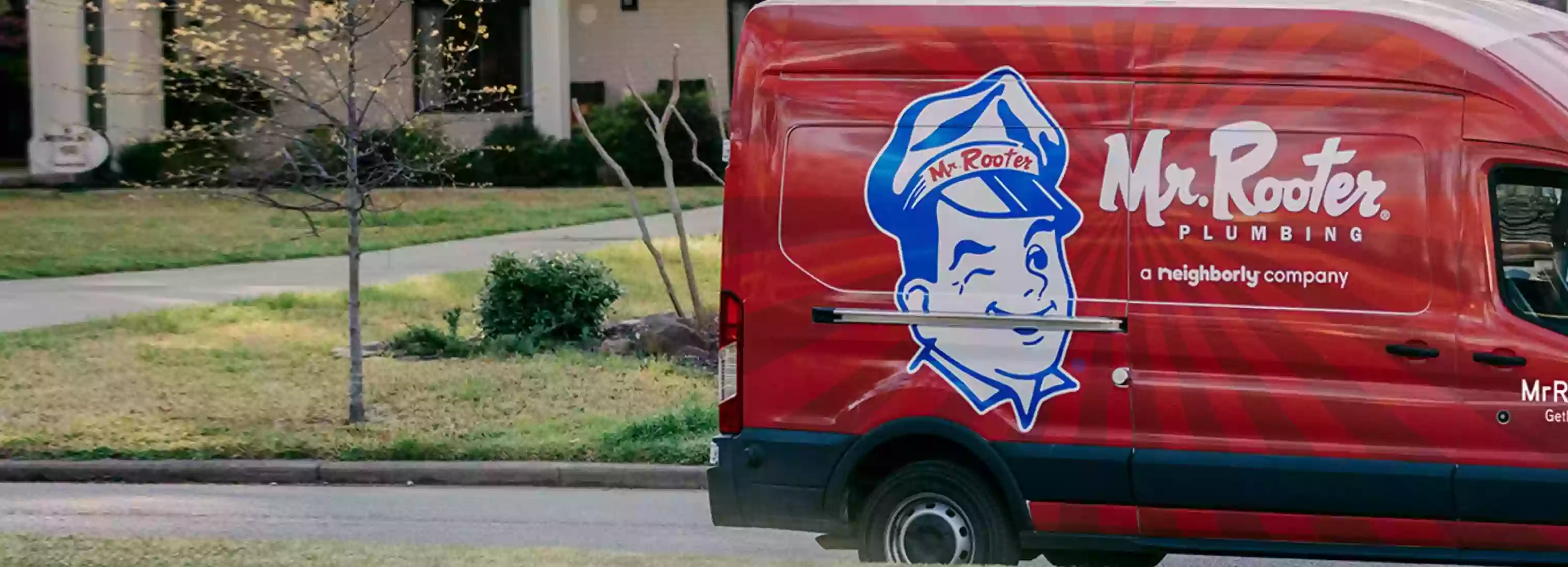Six Things You Shouldn’t Put in Your Garbage Disposal
Many people take it for granted that their garbage disposal can handle anything. They don’t think twice before they put whatever they have in their hand in the sink, turn the water on, and then flip the switch to turn their garbage disposal on. While garbage disposals are designed to grind a wide variety of foods, the notion that they can make any kind of waste disappear is, quite simply, false.
How a Garbage Disposal Works
To have a better understanding of what you shouldn’t put into a garbage disposal, it helps to know how they work. A garbage disposal is an electrically powered piece of equipment that’s attached to your sink’s drain. The unit has a cylinder that houses a series of blades or shredders. The disposal’s blades grind food debris into minuscule pieces. Then, cold water — which should always be running while garbage disposal is in use — washes the tiny bits of food into the sewer.
Clearly, the shredders that are responsible for pulverizing food waste don’t extend to the top, bottom, or side edges of the cylinder that encases them. Because of this, it’s possible that certain kinds of food can adhere to the sides of the cylinder or fall below the blades without being reduced. When food waste builds up inside a garbage disposal, it often leads to unpleasant smells caused by bacterial growth and food decay.
Items You Should Never Put in Your Garbage Disposal
A garbage disposal depends on its shredders to chop food debris into small pieces that can be washed away by water. You should avoid putting anything in your garbage disposal that will prevent the unit’s blades from doing the work they’re supposed to do. You should also resist the temptation to deposit items that will cause your drain to clog.
Here is a brief list of things you should never put in your garbage disposal:
- Non-Food Materials: A garbage disposal is supposed to grind food waste, not manmade materials. Examples of non-digestible materials that should never be put into garbage disposal include cigarette butts, glass, plastic, metal, and paper.
- Bones: While some people think that certain bones, such as small fish or chicken bones, will clean a garbage disposal’s walls when they’re being ground up, it’s generally not advisable to put bones in your garbage disposal. Most will simply spin in the unit until they slip past the blades and clog your drain.
- Fibrous Vegetables: The strings in fibrous vegetables can wrap around a garbage disposal’s blades, inhibiting its ability to pulverize food waste. To prevent this, don’t put fibrous vegetables such as celery or asparagus into your garbage disposal.
- Coffee Grounds: Coffee grounds are already small, meaning there isn’t much a garbage disposal can do to reduce their size further. When you dump grounds into your unit, they typically fall below its shredders without harm and form a sludge that can clog your drain over time.
- Grease: Grease, oils, and other fatty substances often spread a film over a disposal’s blades, which will make them less effective at reducing food waste. As time passes, the grease and fat you put into your garbage disposal will decay, cause an unpleasant smell and clog your drain.
- Pasta: When you cook certain foods in water, such as pasta and rice, they expand. These foods can continue to expand in your garbage disposal every time they come into contact with water. If this happens, they can clog your drain or block your disposal’s trap.
Sometimes, a well-maintained and properly used garbage disposal can act up even when you haven’t put anything inappropriate down the drain. If you’re having trouble with your garbage disposal, contact Mr. Rooter of Oneida to have a service professional perform a complimentary plumbing check-up on your home today.
 Click to call
Click to call


